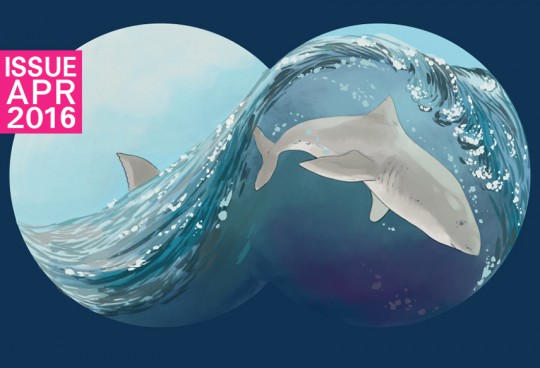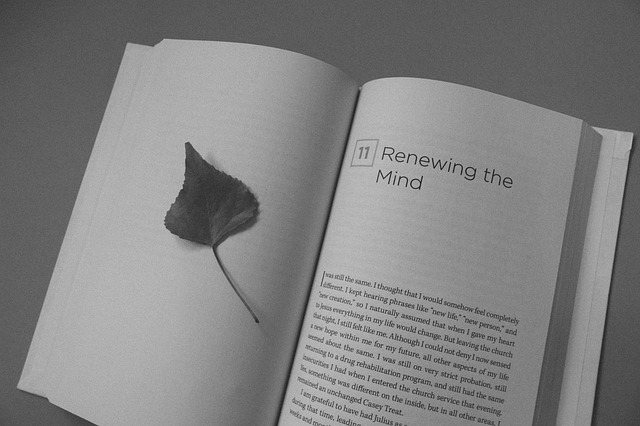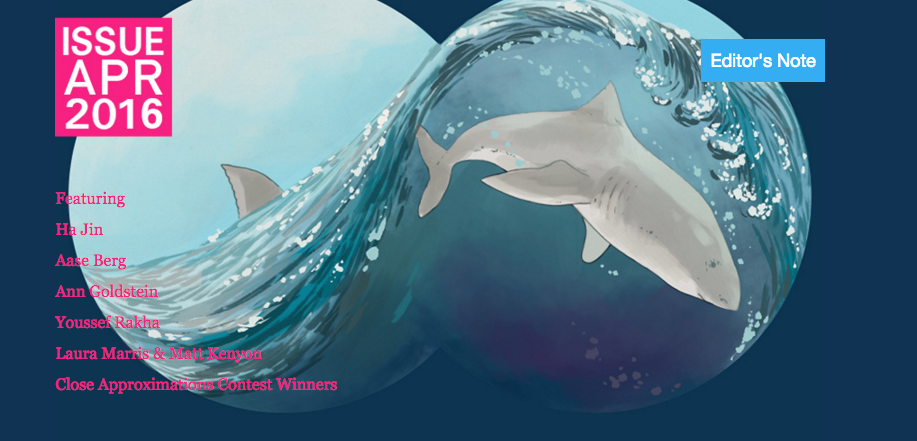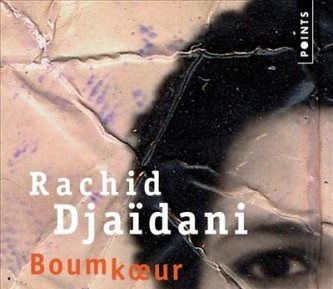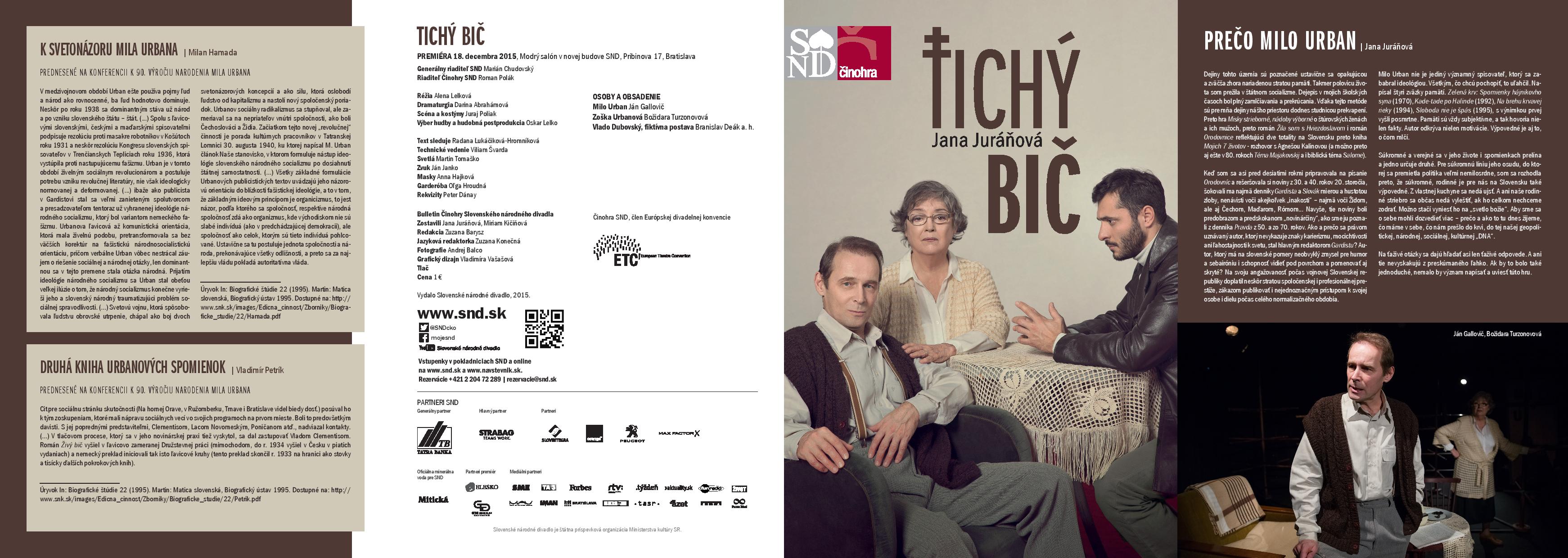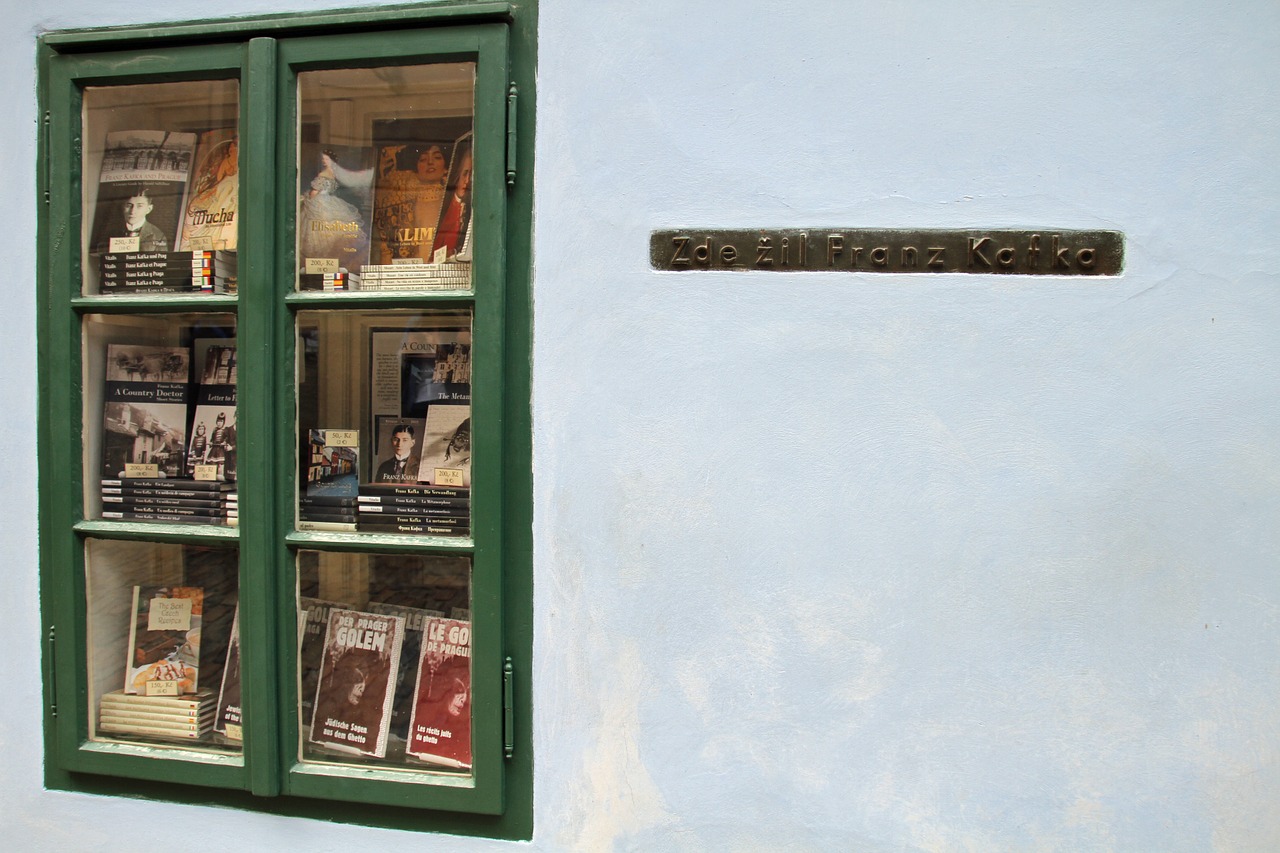In recent days there have been not one, not two, but three controversies among Mexican writers, in which some very serious issues have been raised, even beyond questions of aesthetics: the use of public resources, class discrimination, corruption, racism. However, the news of the day has been dominated by Mexico’s national soccer team’s defeat in a match against Chile (the score: 7-0). Or perhaps the Father’s Day holiday. Or, for those who follow such things, the death of Anton Yelchin, a young Hollywood actor.
Not even the brutal repression of dissident teachers at the hands of armed federal forces in Nochixtlán, Oaxaca, seems to merit as much debate, despite the seriousness of the event (to the point that the official communiqués either distort or minimize it, and important aspects of it are appearing first online or outside Mexico). But amid these news items, and those to emerge in the coming days, the three literary debates that I mentioned will soon be forgotten: they are but more filler in the news cycles on social media and the few other media outlets that have reported them.
What is certain is that these conflicts matter to almost no one: they do not resonate with anyone more than with the colleagues of those implicated, who jump in to defend a polemicist, to attack another, to complain about the general state of national literature (or the discussions of national literature); however, they barely manage to make themselves noticed beyond their own circles of friends.





